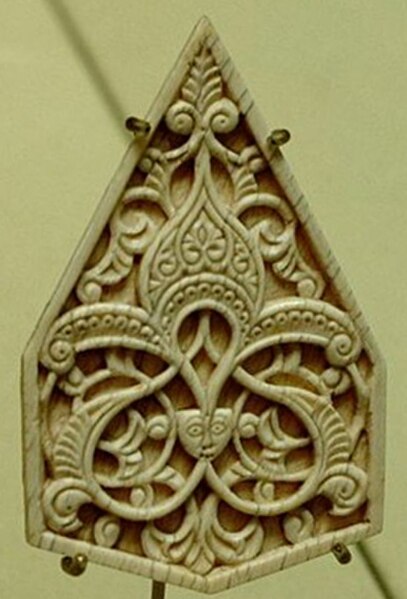Non-photorealistic rendering
Non-photorealistic rendering (NPR) is an area of computer graphics that focuses on enabling a wide variety of expressive styles for digital art, in contrast to traditional computer graphics, which focuses on photorealism. NPR is inspired by other artistic modes such as painting, drawing, technical illustration, and animated cartoons. NPR has appeared in movies and video games in the form of cel-shaded animation as well as in scientific visualization, architectural illustration and experimental animation.
A normal shader (left) and an NPR shader using cel-shading (right)
A non-photorealistic rendering of an existing 2D (photographic) image
Original here
In the visual arts, style is a "... distinctive manner which permits the grouping of works into related categories" or "... any distinctive, and therefore recognizable, way in which an act is performed or an artifact made or ought to be performed and made". Style refers to the visual appearance of a work of art that relates to other works with similar aesthetic roots, by the same artist, or from the same period, training, location, "school", art movement or archaeological culture: "The notion of style has long been historian's principal mode of classifying works of art".
La Vie by Pablo Picasso, 1903; falling under the "style label" of Picasso's Blue Period
Les Demoiselles d'Avignon (1907), also by Picasso in a different style ("Picasso's African Period") four years later
14th-century Islamic ornament in ivory, centred on a palmette; Alois Riegl's Stilfragen (1893) traced the evolution and transmission of such motifs.
Georges Seurat's very individual technique and style, Le Chahut, 1889–90







